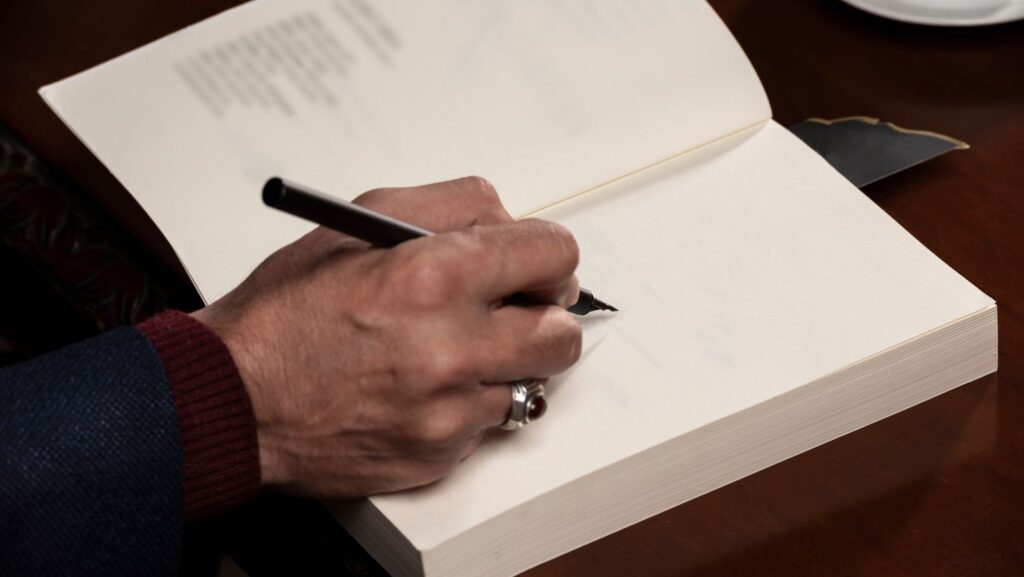Delving into character archetypes can breathe life into your story’s characters, making them more vibrant and memorable. While creating emotional connections with readers is crucial, there are specific “personas” that frequently emerge in storytelling. Creating believable, captivating characters is a cornerstone of successful storytelling. While each character is unique, most tend to fall into specific Archetypes in Writing that have been identified over centuries of literature.
These archetypes provide a useful framework for understanding and developing characters. Let’s explore the 12 most common Archetypes in Writing. In this article, we will explore the 12 most prevalent character Archetypes in Writing. Each archetype acknowledges the innate human desire for heroes, villains, mentors, and wise teachers. Understanding the purpose of these archetypes can revitalize even your oldest tales.
Table of Contents
Archetypes in Writing

For centuries, character Archetypes in Writing have played a fundamental role in storytelling. From the wise mentor to the rebellious free spirit, each archetype embodies a unique set of qualities and characteristics that propel the narrative forward, creating relatable and unforgettable characters. Whether it’s the hero embarking on a quest to save a kingdom or the trickster stirring up mischief, comprehending different archetypes helps writers craft compelling and dynamic characters.
However, beware of falling into clichés; skilled writers have the ability to infuse these Archetypes in Writing with freshness and excitement. So go ahead, immerse yourself in the realm of character archetypes, and witness how they can elevate your writing.
The Protagonist
The Central Figure
The Hero is the protagonist who rises to face a challenge and saves the day. They’re brave, determined, and willing to make sacrifices. Examples include Harry Potter, Frodo Baggins, and Katniss Everdeen.
A story without a strong and captivating main character risks becoming dull and losing its audience’s attention. A well-crafted protagonist must be relatable, dynamic, and capable of growth throughout the story. The hero faces challenges and obstacles that test their determination and push them to their limits while staying true to their core values and beliefs. The protagonist is the central figure in any story, and their success or failure ultimately determines the story’s outcome.
The Antagonist
The Oppositional Force
The Villain opposes the Hero and creates the conflict that propels the plot. They can be evil or merely misguided. Examples include Voldemort from Harry Potter and Sauron from The Lord of the Rings. In every great story, there must be an antagonist—a force that opposes the protagonist and makes their journey all the more arduous. The role of the antagonist is not simply to cause trouble, but to add depth and complexity to the plot. Whether it’s a personal enemy or a larger societal issue, the antagonist serves as the driving force that propels the protagonist towards their ultimate goal.
A well-developed antagonist can make a story truly captivating, as readers become invested in the protagonist’s journey and root for their triumph over the opposing force. The next time you craft a story or analyze your favorite book, take a moment to appreciate the vital role the antagonist plays in making it compelling.
The Mentor
A Guiding Voice of Wisdom
The Mentor provides guidance to the Hero, offering wisdom, tools, and advice. They’re usually older and experienced. Dumbledore from the Harry Potter series and Gandalf from The Lord of the Rings are classic examples. As the protagonist navigates the twists and turns of the story, having a mentor character to provide guidance and wisdom proves invaluable. A mentor is someone who has traversed a similar path, made mistakes, and gained experience, offering valuable insights.
They provide the protagonist with perspective, guidance, and support as they strive to solve the problems they encounter. A good mentor serves as a guiding voice of wisdom, cleverly sharing their knowledge and expertise. Whether the protagonist receives formal mentoring or seeks the advice of a respected elder, the mentor character helps them navigate life’s ups and downs with greater confidence and success.
The Trickster

Mischievous, Deceptive, and Entertaining
In mythology and folklore, the trickster emerges as a captivating and distinct character. Mischievous, deceptive, and always entertaining, the trickster often serves as a catalyst for change and a bringer of chaos. In any form, the trickster masters wit and cunning, constantly keeping us on our toes and challenging our perceptions.
From Norse mythology’s Loki to Native American folklore’s Coyote, the trickster remains an enduring and beloved figure, reminding us not to take ourselves too seriously and to embrace life’s surprises wholeheartedly.
The Carer
Protective and Supportive
The carer, with their expertise in providing protective and supportive care, becomes an invaluable resource for protagonists in need. Carers step up to offer their unwavering support, anticipating the needs of other characters and providing individualized care. Their ability to nurture and protect is among their many strengths. Character archetypes wield immense power in creating relatable and captivating characters that resonate with audiences.
From the driving force of the protagonists to the challenging antagonists, from the wisdom imparted by mentors to the representation offered by tricksters, and from the protection and support supplied by carers, each archetype contributes to the progression of a story. As authors striving to refine our storytelling skills, it is essential to craft each character archetype meticulously if we wish to leave a lasting impression. If you seek assistance in creating dynamic and compelling character-driven narratives, consider collaborating with Elite Authors. Their expertise in constructing robust characters within engaging plots can be an invaluable addition to your writing. Contact them today to benefit from their insights and expertise.
Conclusion
Understanding these common character archetypes can offer valuable insights when crafting your own characters. By identifying the archetype that best fits each character, you can tap into a wealth of established traits, motivations, and conflicts that make your characters more complex and relatable. Remember, these Archetypes in Writing are not restrictive molds, but flexible tools to enrich your storytelling and breathe life into your characters. After all, it’s the diversity and depth of characters that turn simple narratives into compelling stories that resonate with readers.



